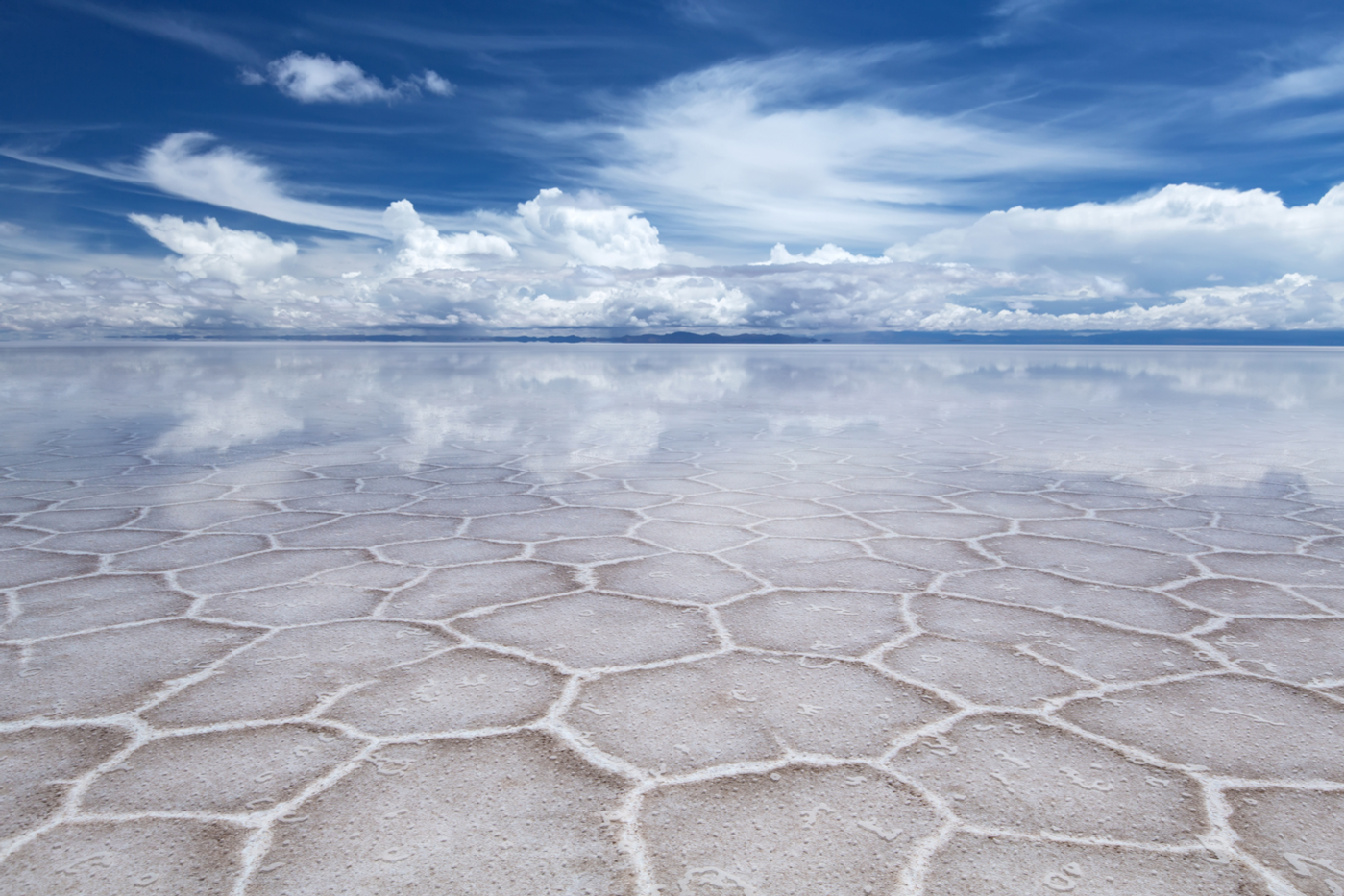7 Wonders of the World
Bolivia, officially recognized as the Plurinational State of Bolivia, is a landlocked country in the middle of South America. It is a multiethnic population consisting of 11 million residents.Bolivia is the 5th largest country in South America and the 27th largest in the world. It covers an area of 424,164 square miles (1,098,581 sq. km). Prior to Spanish colonization, it was an Inca empire.
Bolivia is home to one of the 7 Natural Wonders of South America. This wonder draws people from all over the world and serves as Bolivia’s leading attraction.
What are the 7 Wonders of Bolivia?
Lake Titica
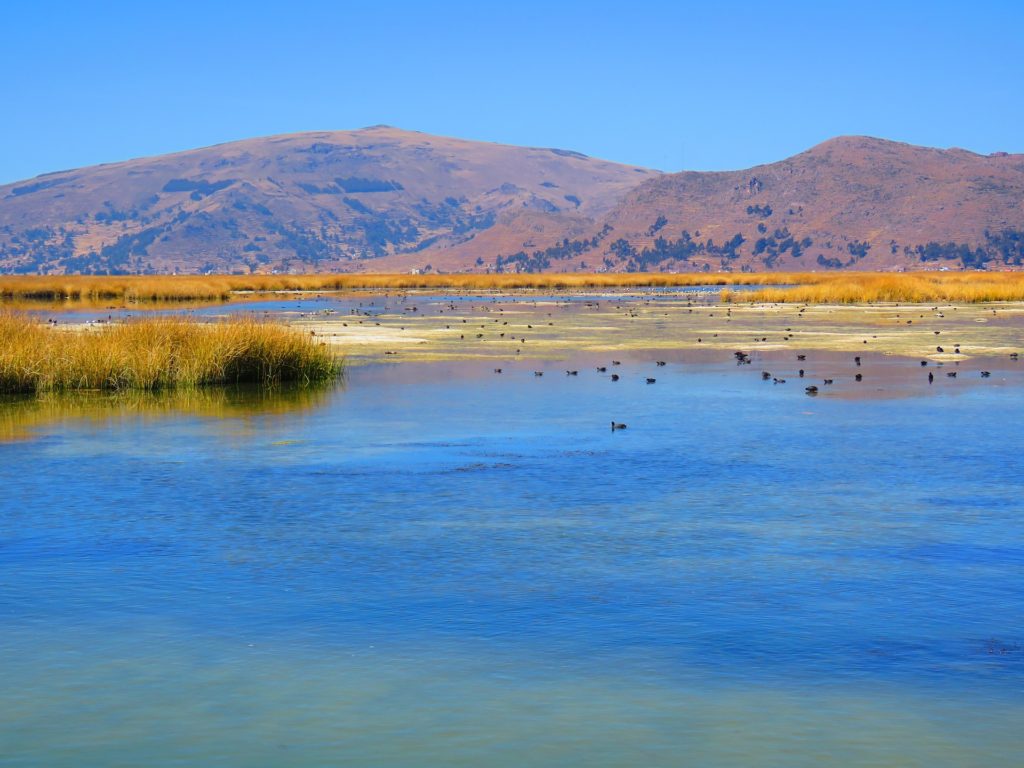
Lake Titicaca is a lake located in the Andes mountains on the border of Bolivia and Peru. It is divided into two sub-basins and connected by the Strait of Tiquina. It is the largest lake in South America by both surface area and volume of water. It is frequently referred to as the “highest navigable lake” in the world.
There are several smaller lakes at higher elevations, it is the “navigable” facet that provides the highest distinction with the surface elevation located at 12,507 feet (3,812 m). Lake Titicaca features a catchment area that expands across 22,400 square miles (58,000 sq. km) with five major rivers with another 20 smaller rivers feeding into it.
Lake Titicaca has a surface area of 3,232 square miles (8,372 sq. km) and 214 cubic miles (893 cubic km) of water. The Bolivia side of the lake is shallower with a maximum depth of 131 feet (40 m).
Nevado Sajama
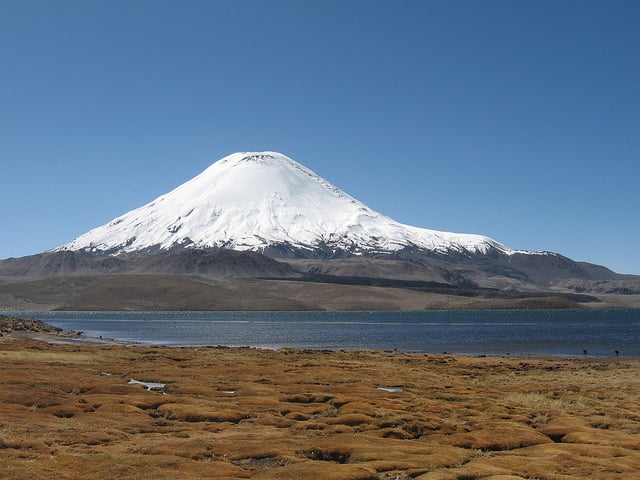
Nevado Sajama is a dormant stratovolcano located in Bolivia. It reaches a summit of 21,463 feet (6,542 m) making it the tallest mountain in the country. The volcano is actually considered extinct with the last eruption occurring thousands of years ago.
Nevado Sajama features a tree line, known as Polylepis tarapacana, that occurs at 17,060 feet (5,200 m) one of the highest altitudes that trees can be seen living anywhere in the world.
Nevado can be summitted in two to three days, with altitude acclimatization being the biggest challenge. The route to ascend is technically easy requiring minimal mountaineering equipment.
Salar de Uyuni
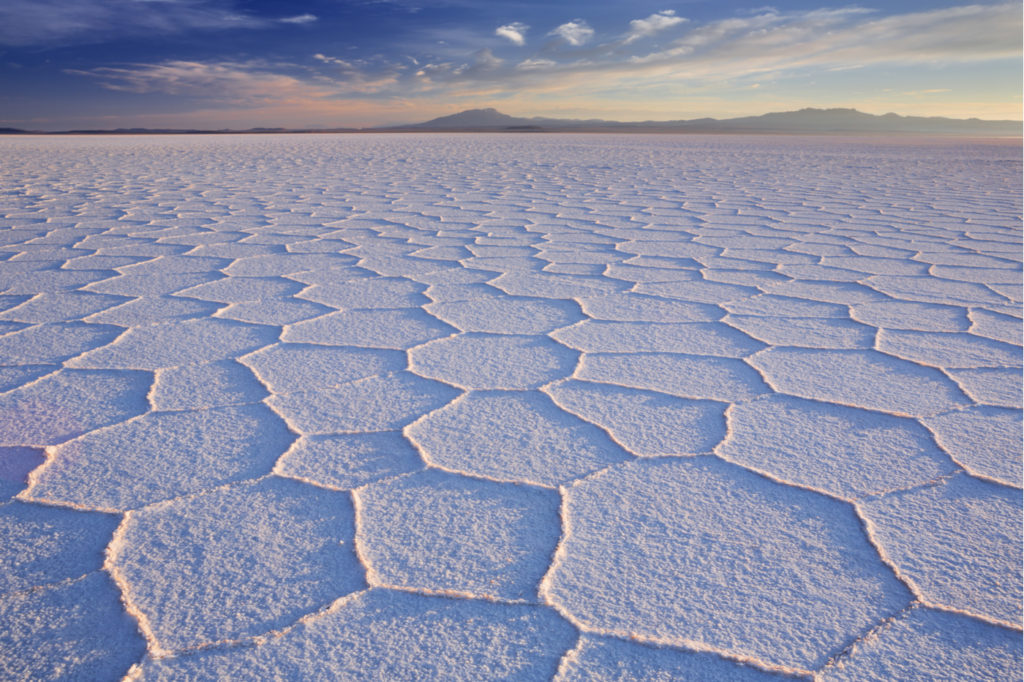
Salar de Uyuni is a massive salt flat located in the southwest part of the country. It is near the crest of the Andes and occurs at an elevation of 11,995 feet (3,656 m) above sea level. The most famous resident of the Salar de Uyuni are the abundance of pink flamingos.
Salar de Uyuni is the largest salt flat in the world occupying an area of 4,086 square miles (10,582 sq. km). The average changes in elevation of the area is less than three feet (1 meter). The crust of the salt flat provides an abundance of salt that covers a pool of brine. It contains between 50 to 70% of the world’s lithium reserves.
Salar de Uyuni is the leading attraction for the country of Bolivia and it is one of the 7 Natural Wonders of South America.
Tiwanaku
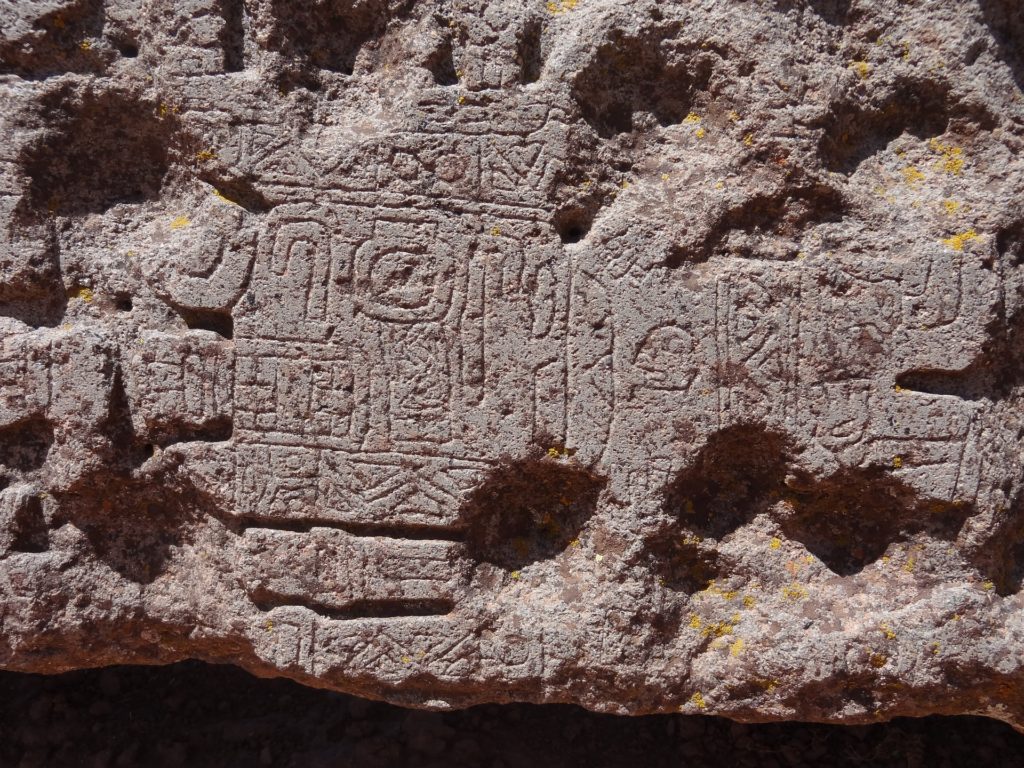
Tiwanaku, also known as Tiahuanaco or Tiahuanacu, is a archaeological site in Western Bolivia from the Pre-Columbian area.
Tiwanaku is believed to have been constructed as early as 1500 BC. It is further suspected that the area served as a moral and cosmological center for many pilgrimages.
The Tiwanaku structures include Akapana, Akapana East, Pumapunku platforms, Kalasasaya, the Kheri Kala and the Putuni enclosures. The Akapana is measured 843 feet (257 m) wide, 646 feet (197 m) deep, and a height of 54.1 feet (16.5 m) tall.
Yungas Road
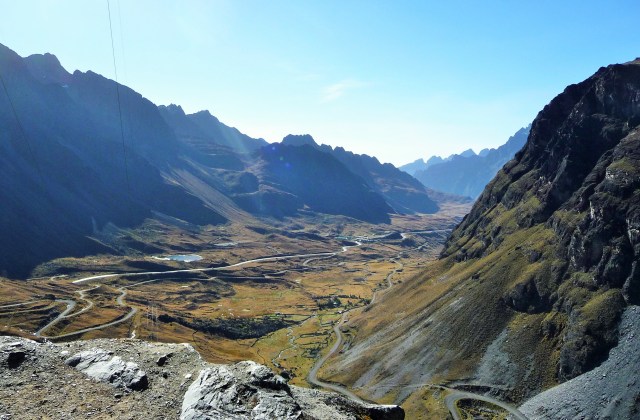
Yungas Road is a road that occurs between La Paz and Coroico. It is about 35 miles (56 km) long and found in the Yungas region of Bolivia. Yes, it is a road, but it is a wonder that bewilders the eyes.
Yungas Road is recognized as the most dangerous road in the world, a nickname given to it by the Inter-American Development Bank. It is estimated that between 200 and 300 travelers perish annually. At least 18 cyclist have perished over the last two decades.
This primarily single-lane road is void of any guard rails and it winds at elevations of up to 2,000 feet (600 m). Most of the road is about the width of a single vehicle. The downhill driver never has the right of way and most top and move to the outer edge to allow passing safely.
